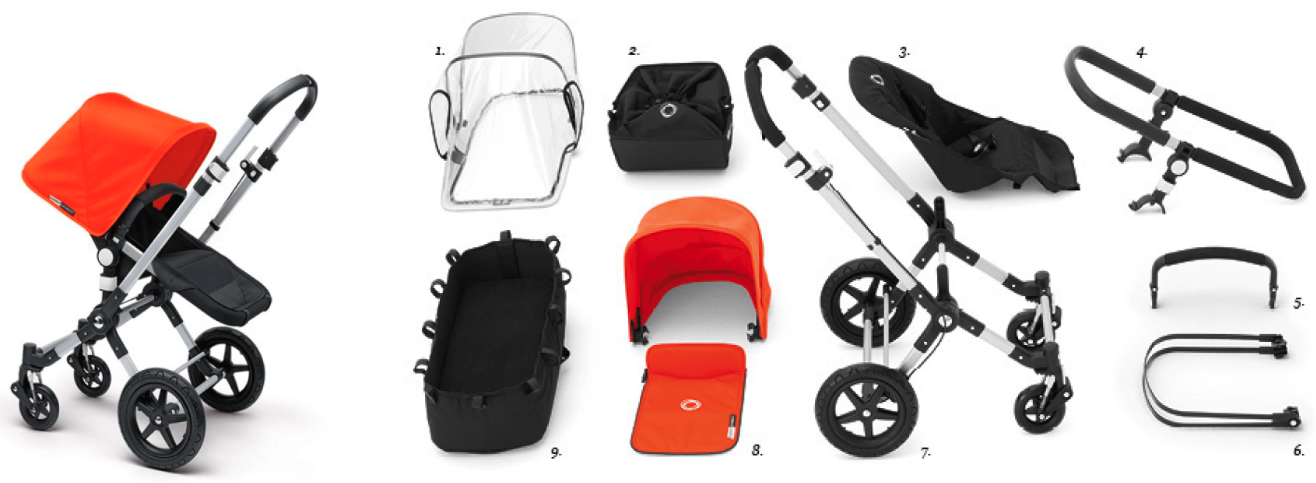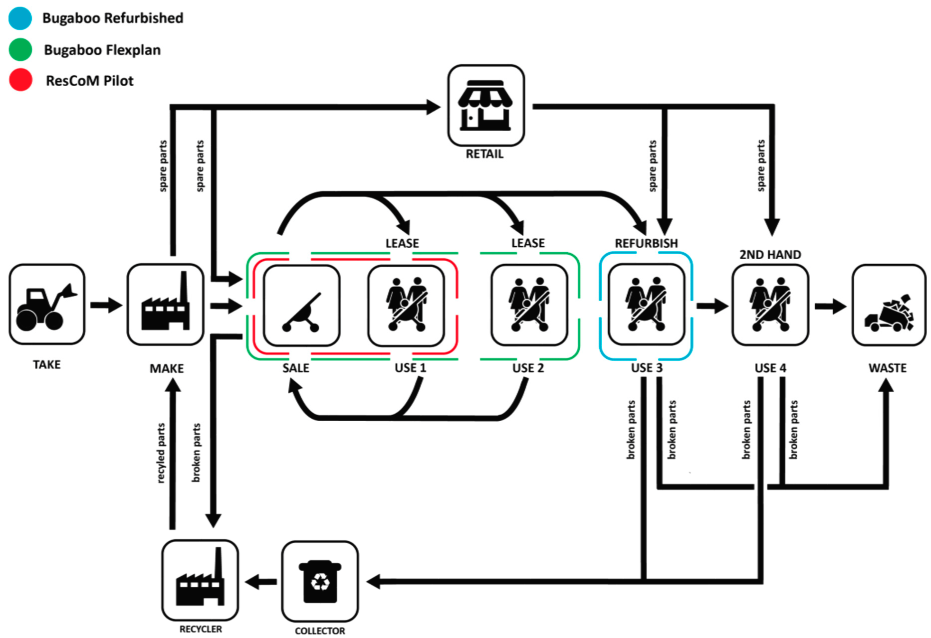The Transformative Vision of a Circular Economy
By Davis Bookhart
The vision of the circular economy is a world where the entire concept of waste is eliminated. As one product reaches the end of its life, the materials within that product become the perfect input resources for another product that was designed specifically to adopt those materials. Both elements need to be true – we cannot recycle our way to a circular economy; we must design our way there.
However, changing the design approach still does not get us quite there either. This transformation of our economy will require a complete rethinking across the value chain; way products are designed, manufactured, used, and carefully collected at the end of their useful life. Some have suggested that the sales models that we use today will be phased out in favour of a leasing economy where materials are so valuable that manufacturers want to own those materials of the product life. What would this mean? Imagine this as an example:

Figure 1. Main components of the of the Cameleon baby stroller.

Figure 2. Schematic overview of Bugaboo Flex Plan and Bugaboo Refurbished baby strollers.
Source: Sumter, D.; Bakker, C.; Balkenende, R. The Role of Product Design in Creating Circular Business Models: A Case Study on the Lease and Refurbishment of Baby Strollers. Sustainability 2018, 10, 2415. https://doi.org/10.3390/su10072415
Years ago, one of our professors undertook a thought experiment to imagine what types of products would make more sense to lease instead of sell. He considered baby carriages. As all new parents know, strollers are an absolute necessity during the first couple of years of the baby's life, but at some point are no longer necessary. Since new parents typically want the best, safest, and most durable strollers for the precious cargo, baby carriage manufacturers typically build them to last. This also means that when no longer needed, the strollers are usually still in decent shape. The professor pointed out that if manufacturers recognized this, they would consider renting the strollers instead of selling them. Additionally, they would change their design process to ensure the strollers are simple to revitalize and “make new” again so they can go back into the market for the next set of parents. Reducing the raw material cost would allow the leased stroller to be cost competitive, profitable, and ensure that the most valuable materials in the manufacturing process would be available and free of market fluctuations.
Years afterwards the professor confided that he had recommended the approach – and the detailed calculations showing the profitability of the approach – to several manufacturers, but none seemed interested. The shift across the entire value chain was too great and too uncertain. What if people don’t understand the idea? How to retrain the sales teams? And how to market this approach in ways that shift the consumer mindset away from ownership?
This is a recognition that shifting to the circular economy is not simply capturing and recycling materials at the end of life. It requires a fundamental shift in the current business and management landscape. For example, 1) Manufacturers will need to completely rethink their design process and material acquisition logistics so that the designs are based on used materials instead of raw materials. 2) Consumers will need to adjust their thinking about the concept of ownership; where they feel comfortable no longer buying goods, but rather leasing them for set periods of time. 3) Retailers will need to transition from a primary focus on sales to a focus on customer relationships and continuous support through the product lifespans. 4) Policymakers will need to consider how to adjust regulations and tax structures to facilitate this transition. And finally, 5) researchers – including those at universities like ours – will need to focus on innovation and development while using existing materials instead of assuming that there are no design constraints on raw materials.
The transformation to a circular economy will take some time, but the process can begin immediately by training ourselves to focus on our role and contribution as consumers in this new world.
The opinions expressed within the writeup are solely the author's and do not reflect the opinions of the HKUST Life Cycle Lab.